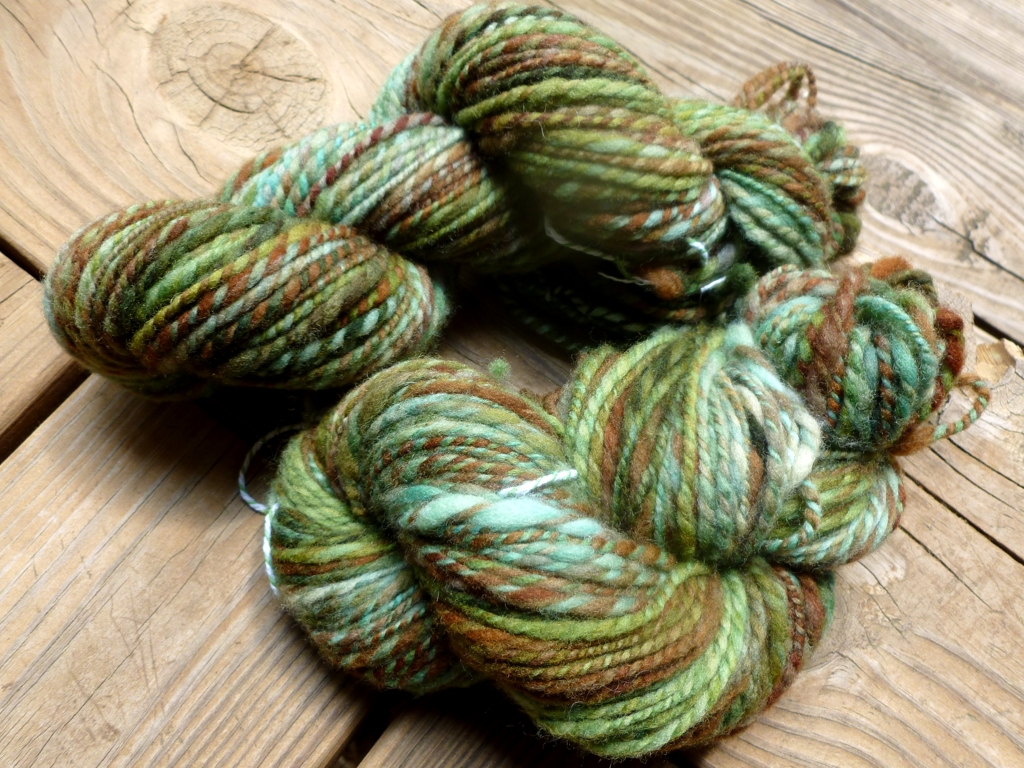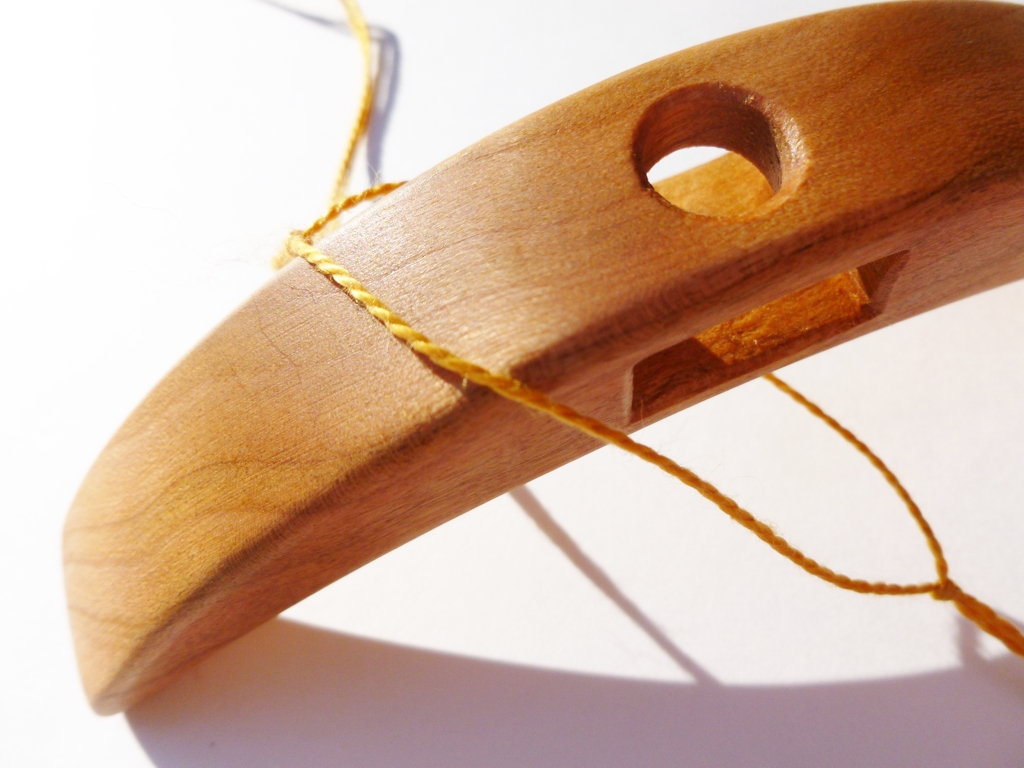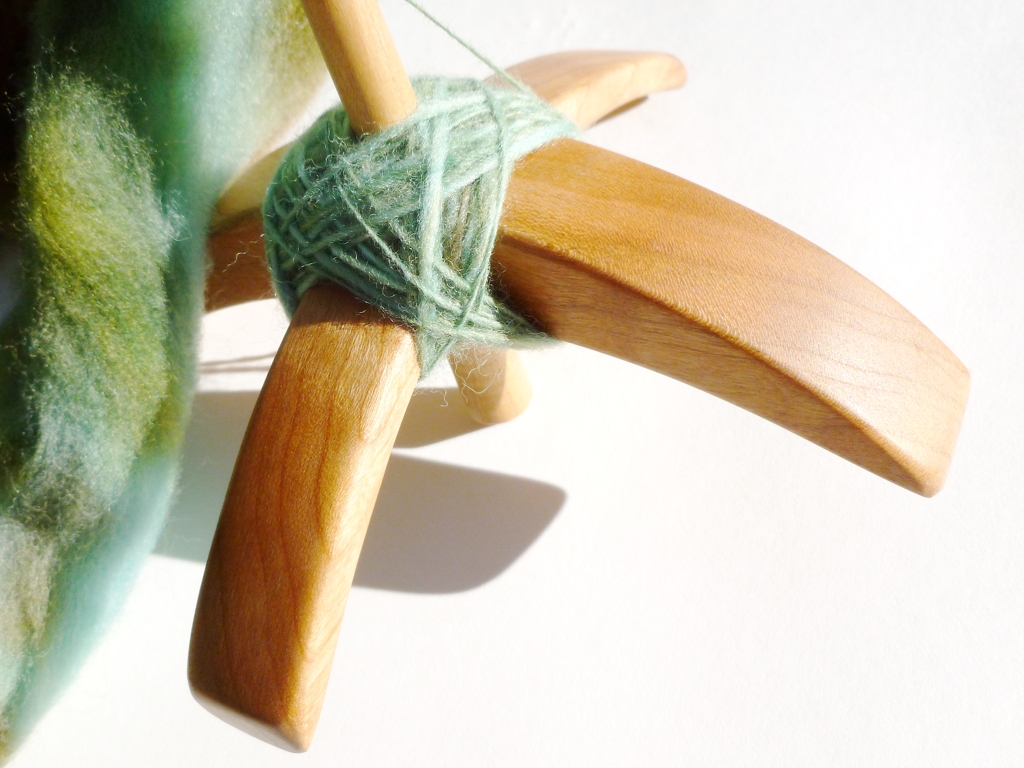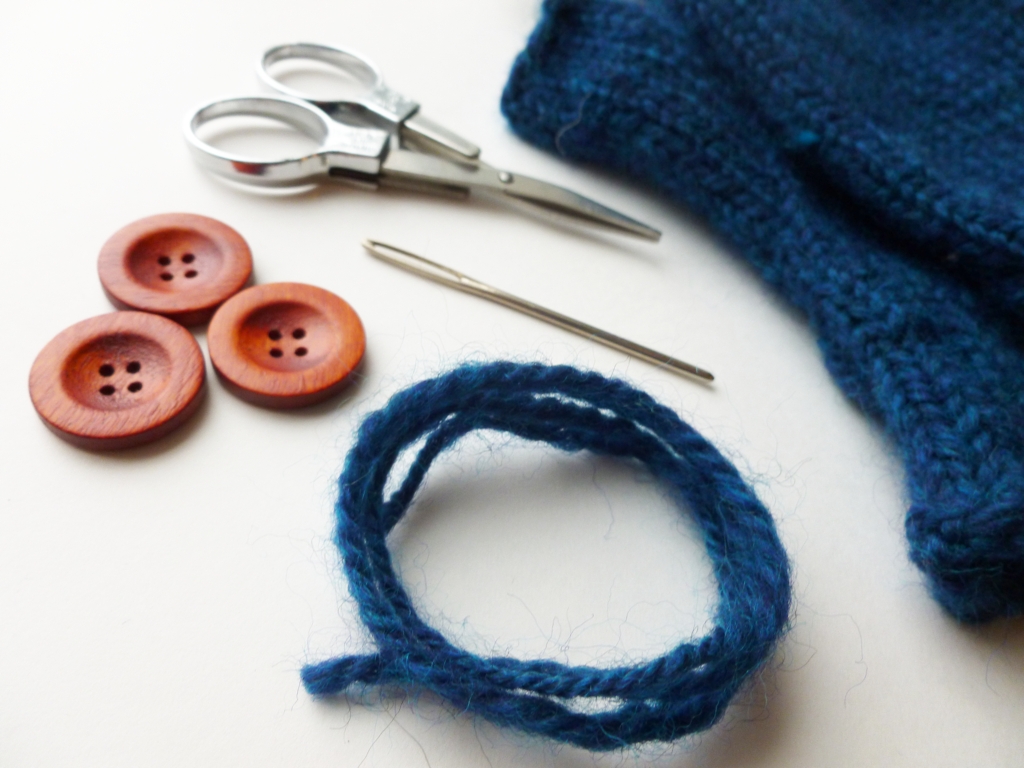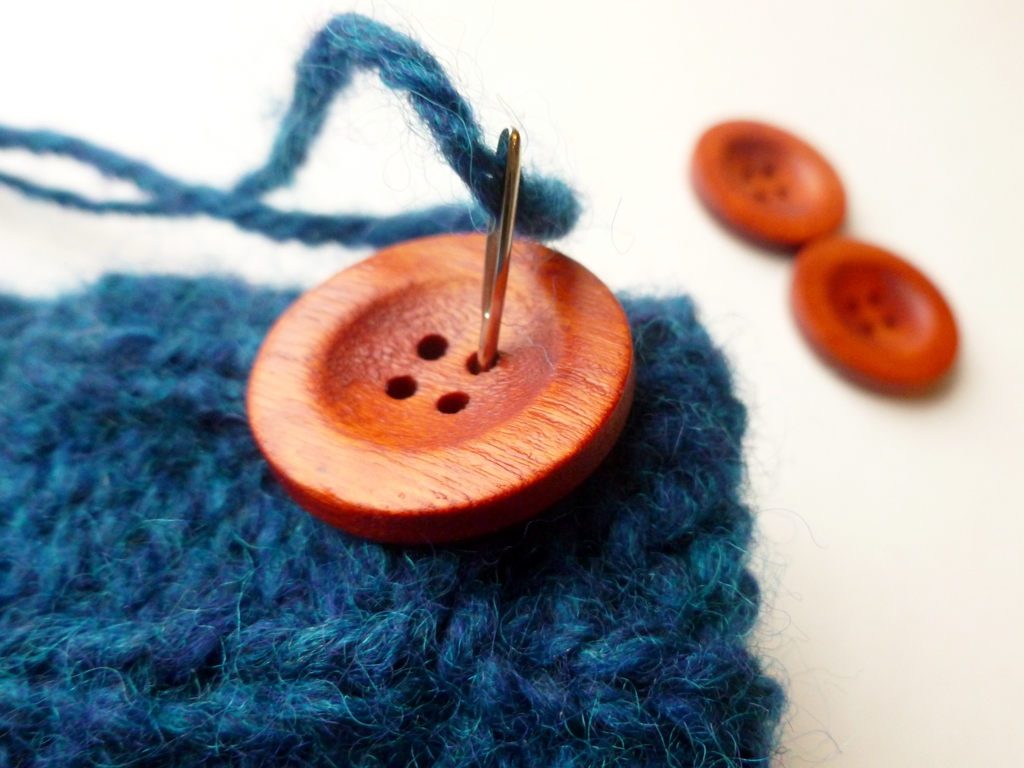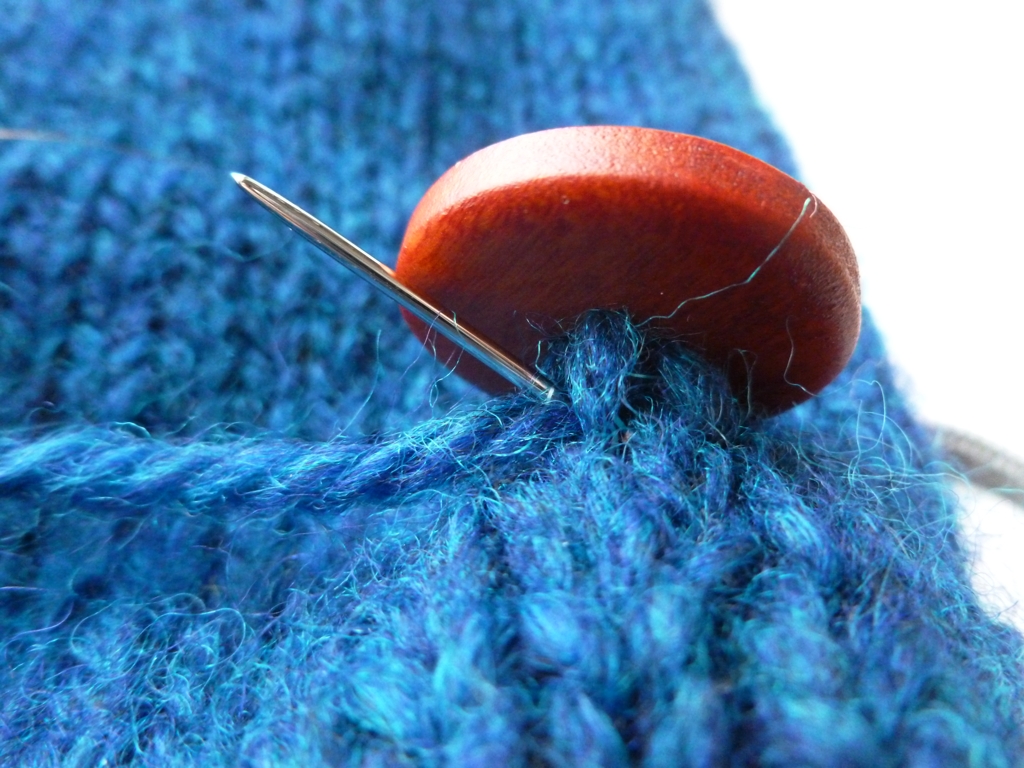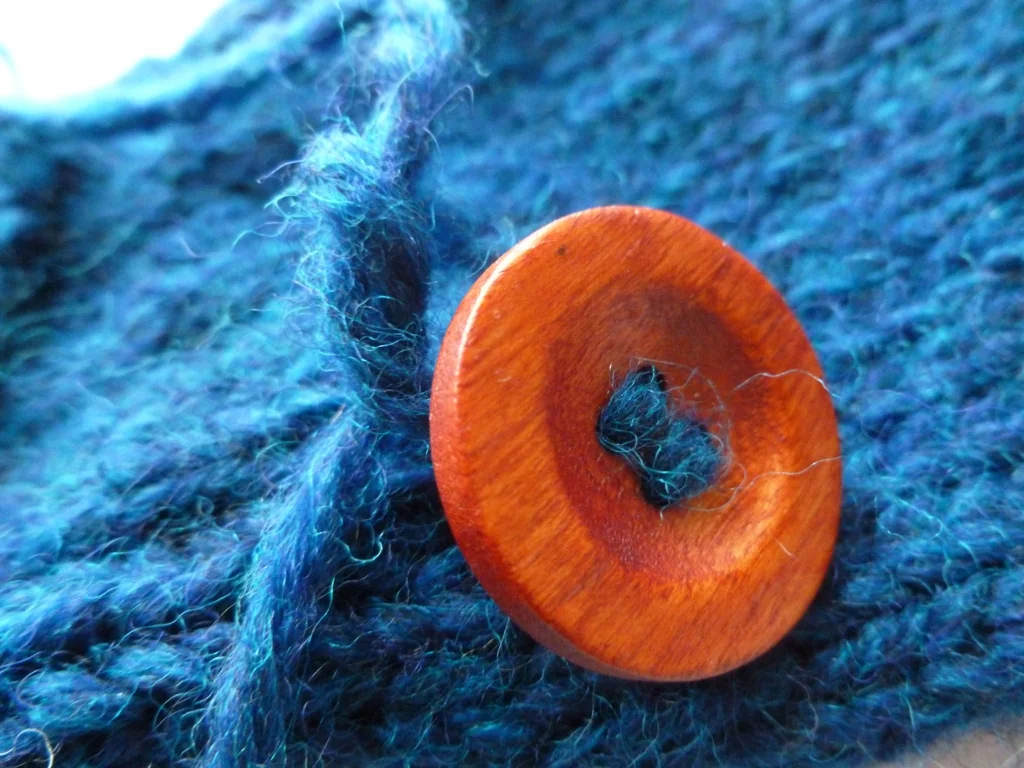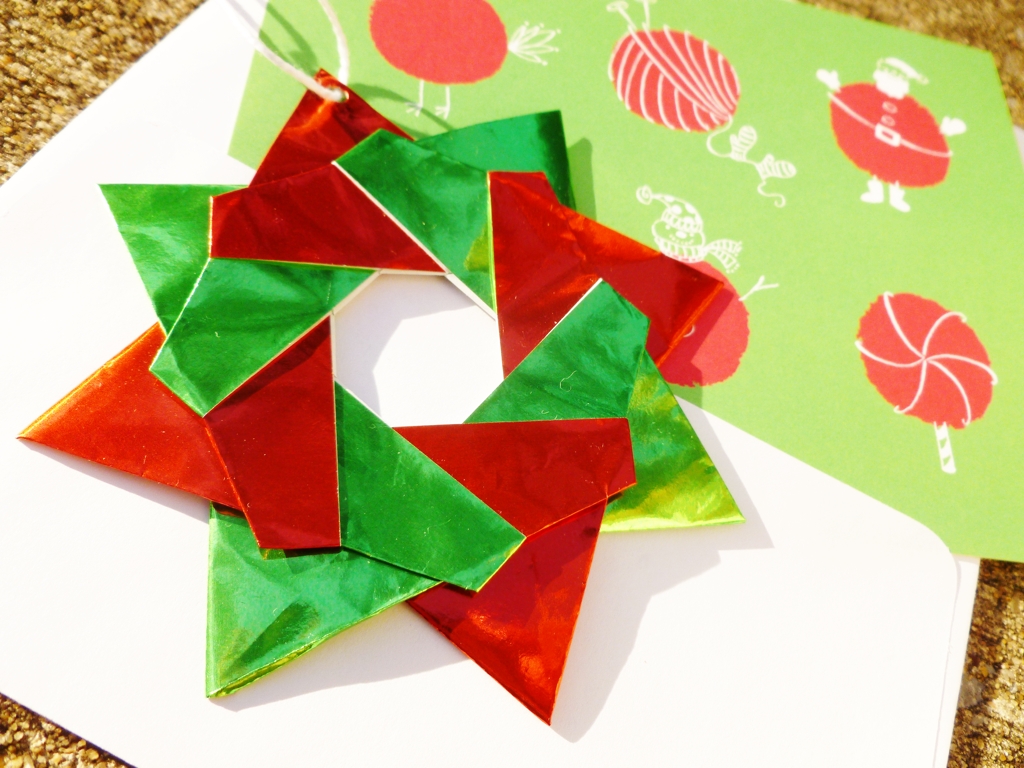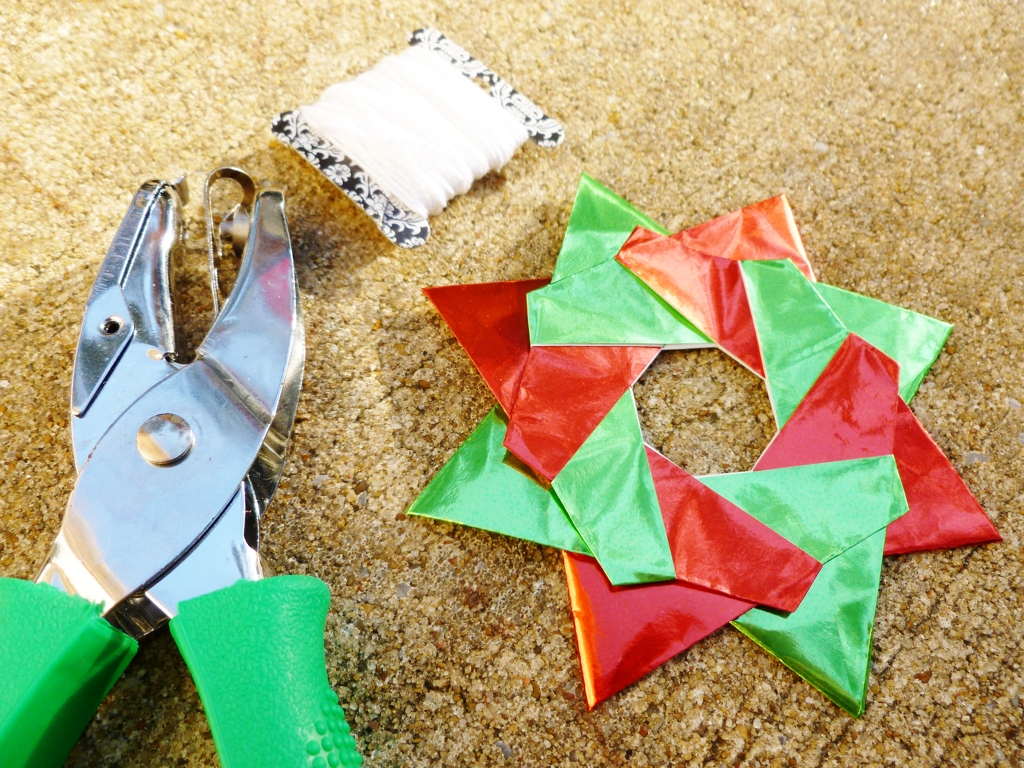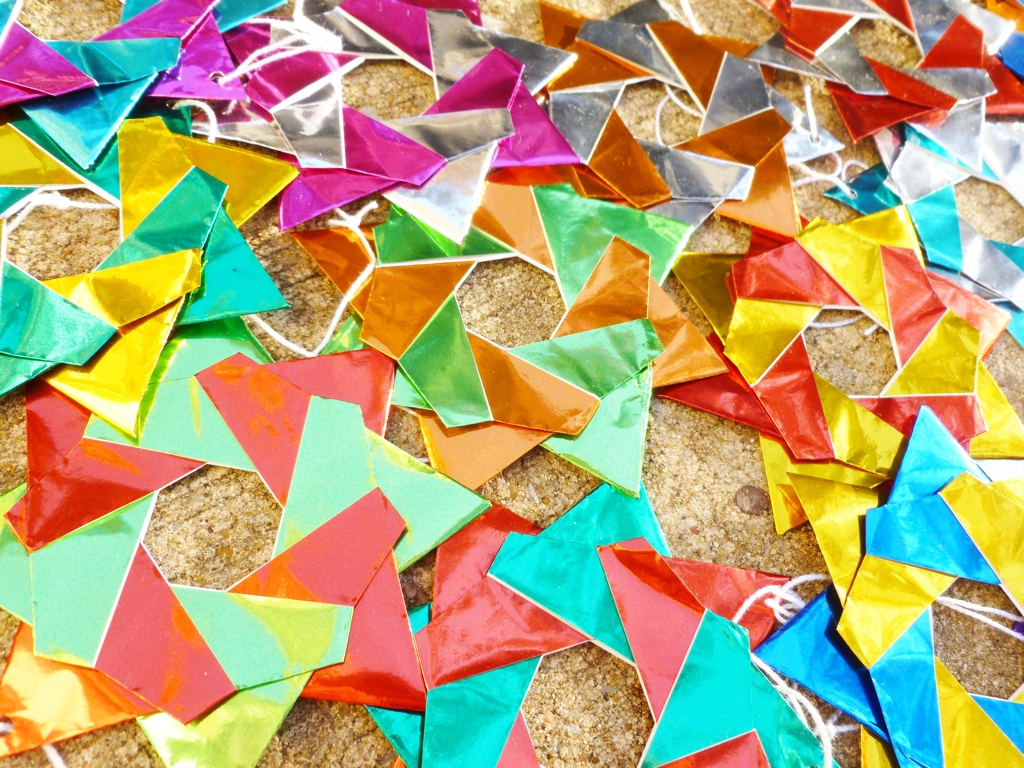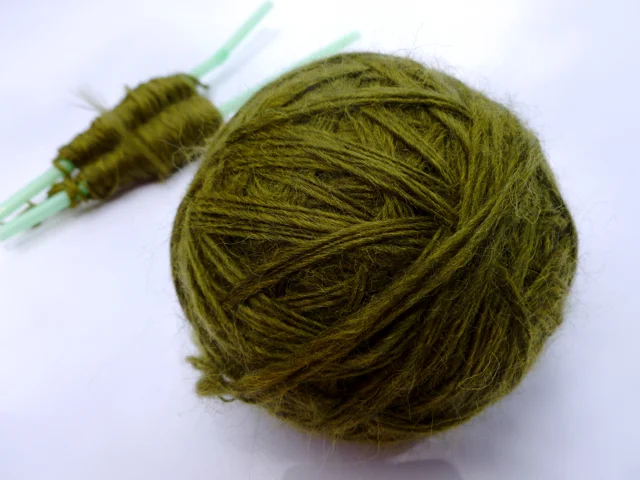How to Skein Handspun Yarn with a Swift
/Ah, the niddy-noddy. Why does such as simple tool have such a strange name? In all the research I did before taking the plunge and finally learning to spin, I never found the origin of its name. Only that I needed one to make skeins. A niddy-noddy is basically a bar with an offset handle at each end. So, I bought one before I started spinning to pad out a yarn order. I did finally use my niddy-noddy and it was fine for small skeins; however, as I started producing more yardage, using the noddy became cumbersome and took a good chunk of time. Time I would rather have spent spinning.
I also had a swift but never thought to use it to skein handspun because all I saw people using were niddy-noddys. You want to know what makes an umbrella swift perfect for skeining yarn? A loop of string and a clothespin. That’s it. With a swift you can make large skeins and small skeins, know the exact yardage, and spend less time doing it. Using a swift instead of niddy-noddy is also easier on your arms and shoulders too.
To make the loop, you’ll need:
- a button
- string that won’t stretch (I used baker’s twine)
- scissors
- marker
- tape measure
- tapestry needle
You can make any size loop you want as long as it will fit on your swift. I made mine really long so I could double and triple it for smaller skeins without having to make another loop.
Tie a loop large enough to fit around the button at one end of the string. From the end of the loop, measure the string to the length you want and mark that spot. I wanted a cord 72” long so I measured to 36” twice. Cut the string plus a few extra inches. Thread the string through the button holes till the mark is between them and tie a double knot. A button with a shank works well too. Optionally, you can dap some glue on the knot to help keep it together. All that’s left is to write the length of the loop on the button.
Now you’re almost ready to skein your handspun! Set up your swift and slip the buttoned loop around the arms just like a skein of yarn. Here’s where the clothespin comes in. Use the clothespin to clip one end of the yarn to an arm. The pin will hold the end in place and make it easy to find when it’s time to tie up the yarn. Now, just spin the swift and get all that wonderful handspun off the spindle or the bobbin. You don’t need to put tension on the yarn just don’t give it any slack. When you’re finished, tie up the skein at the ends. If you tie up the loop with the skein like I do half the time, just unbutton the loop and pull it out
Knowing the size of the finished skein makes it easy to determine how many yards you’ve spun. Just count how many times the yarn went around the swift and multiply by the length of your loop. You’ll also need to divide by 36” if your measurement is in inches so you’ll get the total in yards.
For example, my loop is 72” (2 yards) long and the handspun went around the swift 59 times.
(72” x 59)/36” = 118 yards
Now that I know that skein has 118 yards, it’ll be much easier to find just the pattern to show it off.








